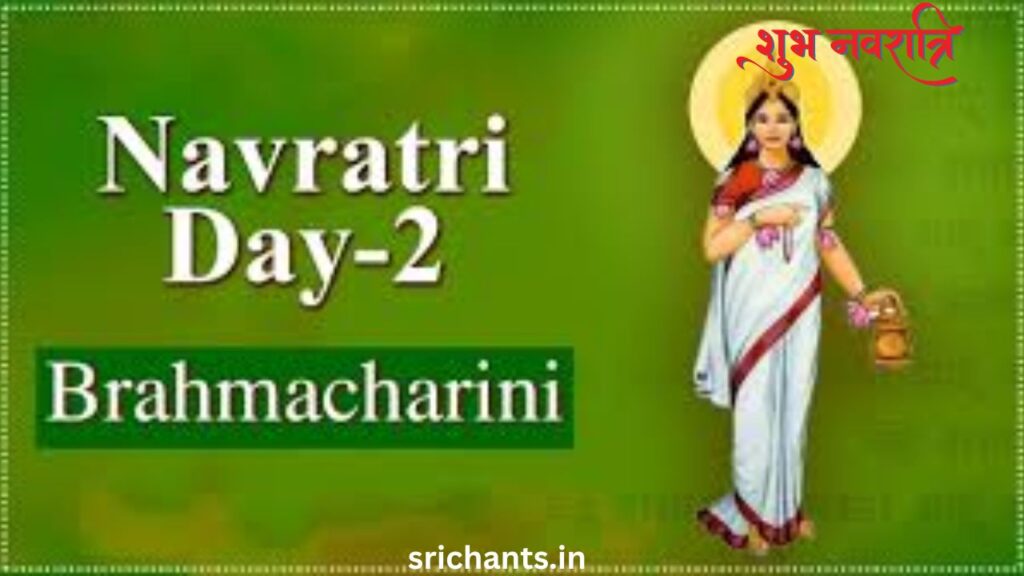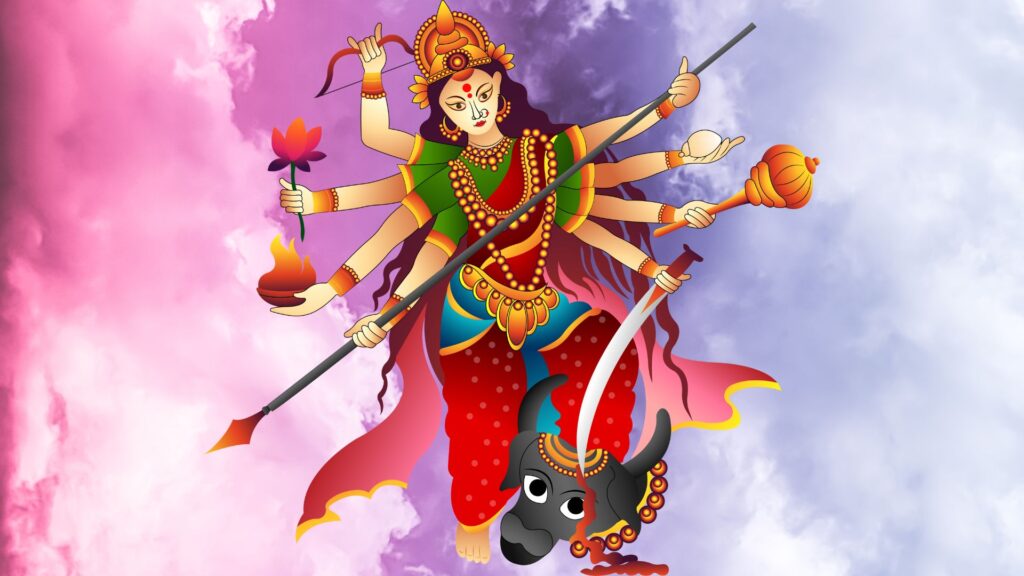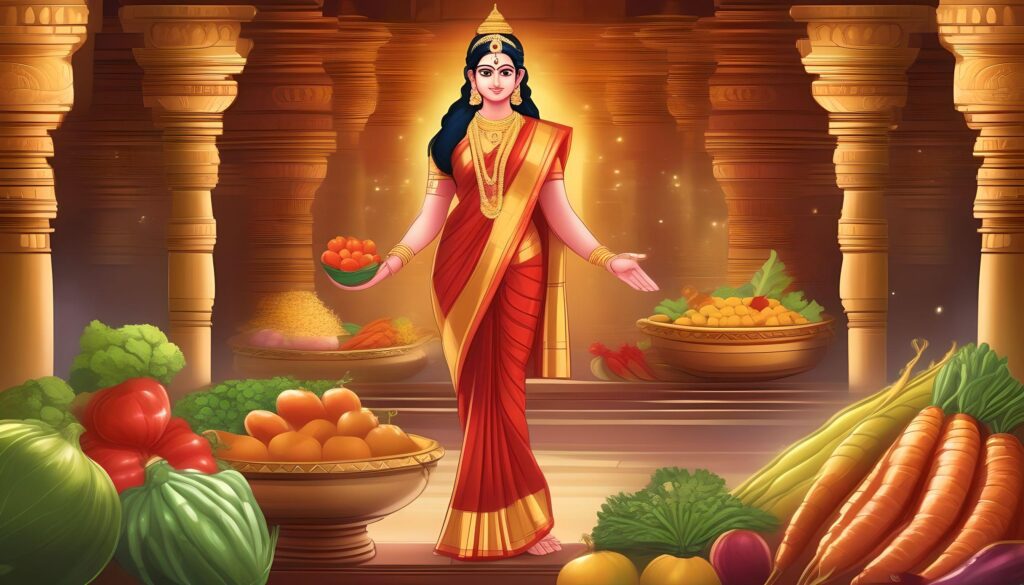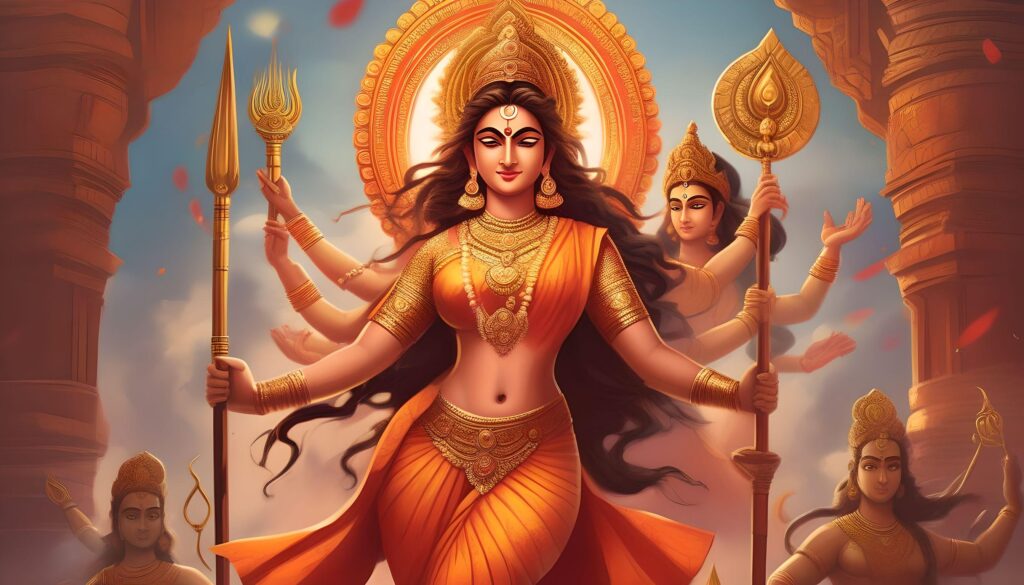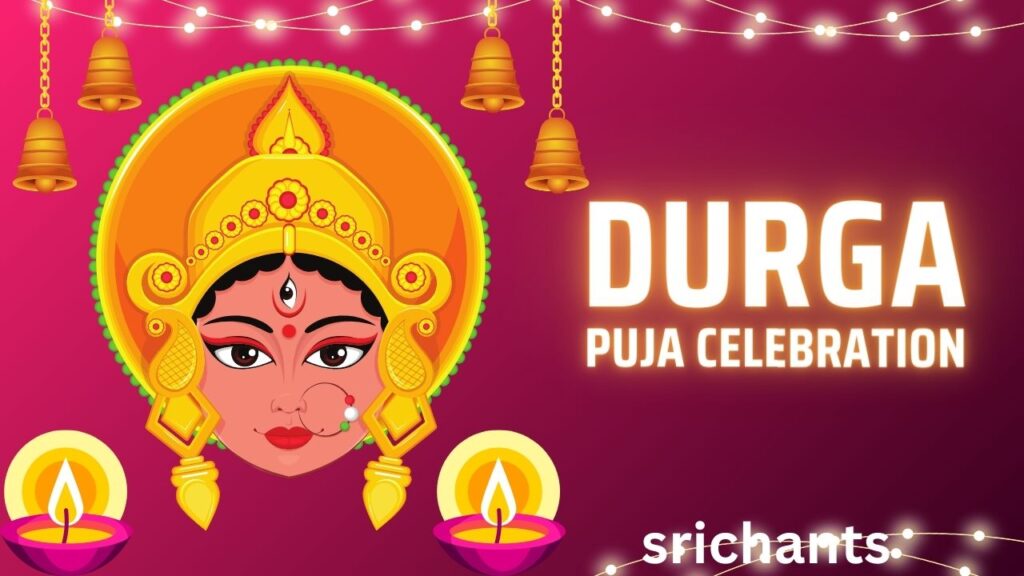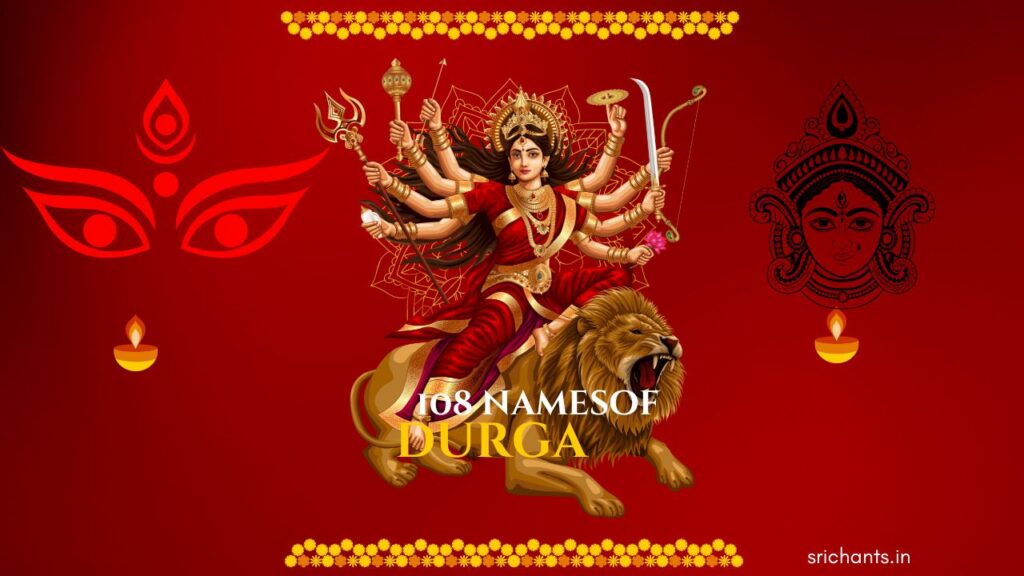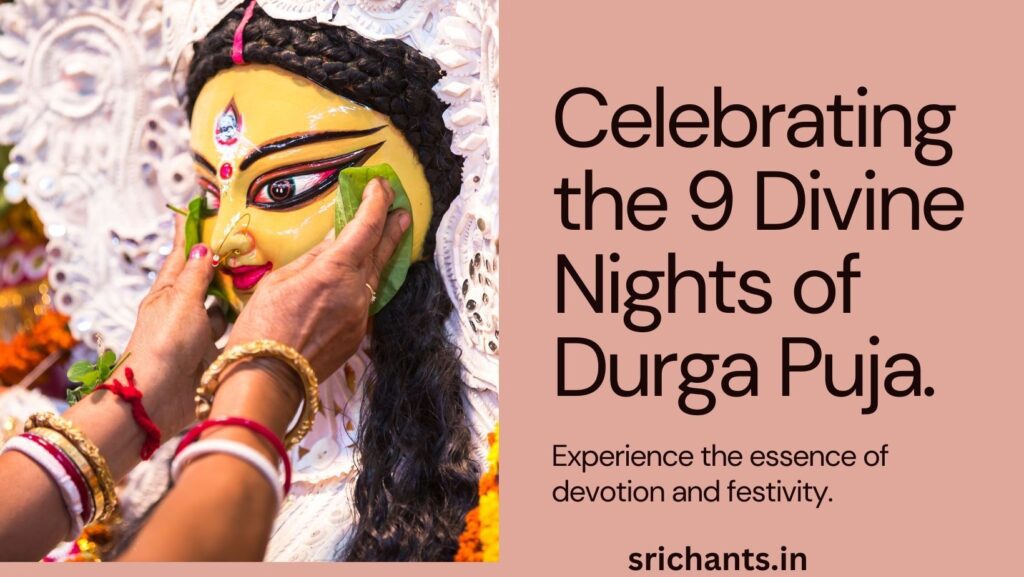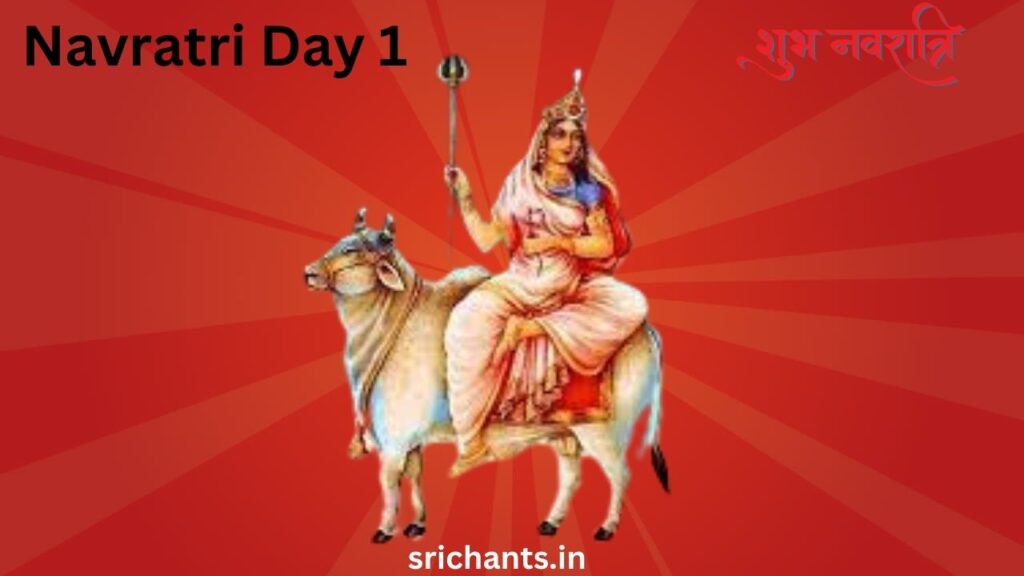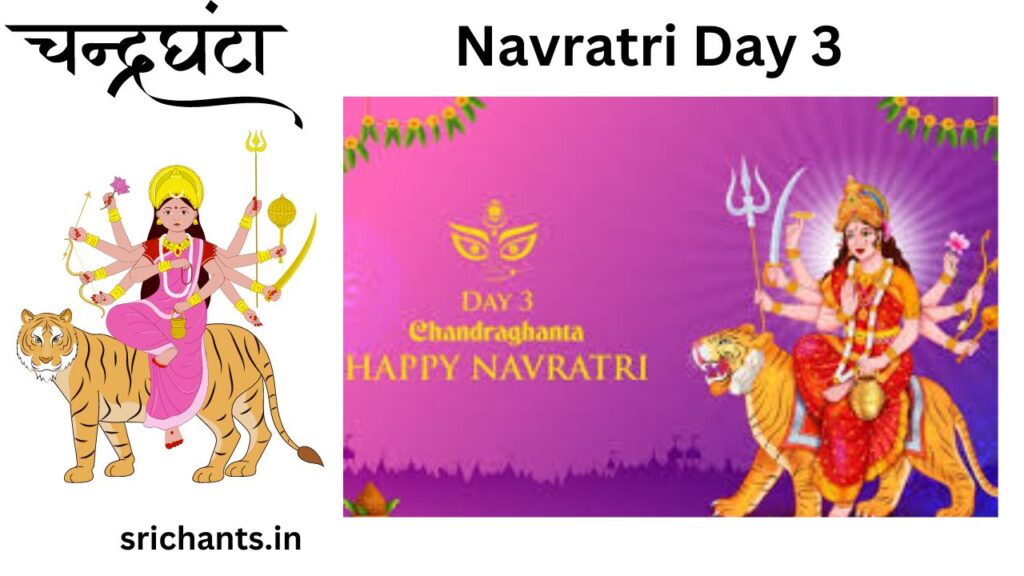Navratri Day 2 : Brahmacharini: Unveiling the Significance of the 2nd Day of Chaitra Navratri
Introduction
Devotees throughout India anticipate the second day of the lively festival of Chaitra Navratri, which is dedicated to the revered Goddess Brahmacharini. Hindu worshippers hold a special place in their affections for this divine incarnation of Maa Durga, who is renowned for her unwavering devotion and penance. This exhaustive article endeavors to elucidate the profound significance of the second day of this auspicious nine-night celebration by exploring the captivating legends, sacred rituals, and profound symbolism associated with Maa Brahmacharini.
The Embodiment of Devotion: Who is Maa Brahmacharini?
The celibate manifestation of the Goddess Parvati is Maa Brahmacharini, the second form of the Navadurga. She was a model of spiritual commitment, having performed arduous penances to earn the adoration of Lord Shiva, and was born into the family of Daksha Prajapati. Maa Brahmacharini abandoned the creature amenities of a royal life and adopted a life of asceticism. She subsisted on a diet of Bilva leaves, flowers, fruits, and leafy vegetables, and she slept on the bare ground. The coveted title of Shiva’s consort was eventually hers as a result of her unfathomable devotion and unwavering commitment.
The Significance of Maa Brahmacharini’s Worship
It is believed that the virtues of penance, renunciation, and ethical conduct are bestowed upon devotees by worshiping Maa Brahmacharini on the second day of Chaitra Navratri. Worshippers can develop a more profound sense of spirituality, surmount worldly attachments, and achieve their desired objectives by embodying the Goddess’s unwavering devotion and self-discipline. Furthermore, Maa Brahmacharini is held in high regard as the source of all good fortunes, which renders her a central focus for prayers and offerings during this auspicious period.
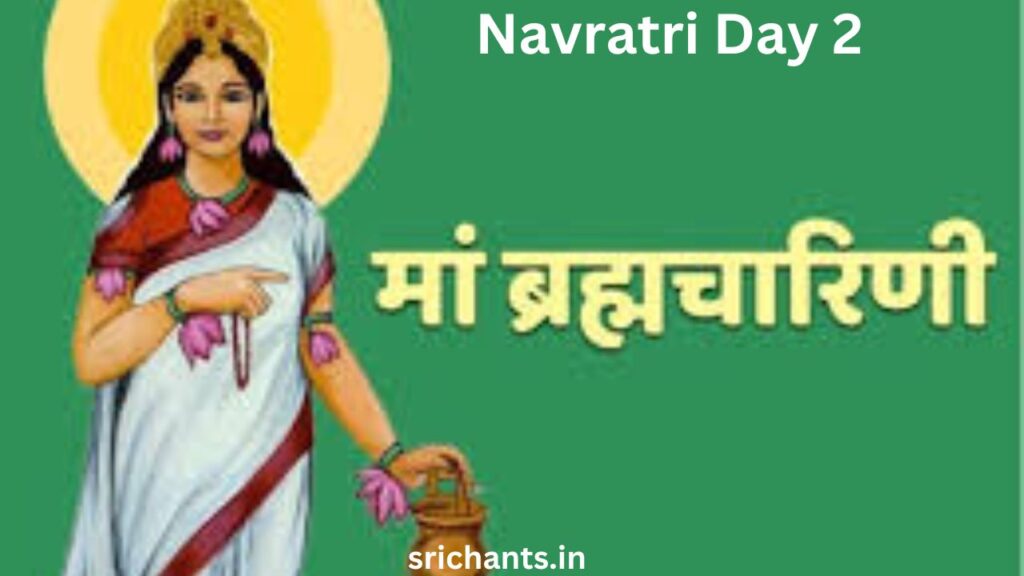
The Symbolism of Maa Brahmacharini’s Iconography
Maa Brahmacharini is frequently depicted with a serene demeanor, wearing white garments, and holding a Kamandalu (water container) in her left hand and a Japa Mala (rosary) in her right. The significance of these symbolic representations is profound. The Japa Mala and Kamandalu represent her devotion to spiritual practices and the renunciation of material possessions, respectively, while the white attire symbolizes purity and detachment.
The Shubh Muhurat and Rituals of Maa Brahmacharini Puja
The second day of Chaitra Navratri, which is referred to as Dwitiya Tithi in the Drik Panchang, will occur on April 10th, 2024. The Vijaya Muhurat, which is regarded as the most auspicious time for Maa Brahmacharini’s worship, is observed from 2:30 PM to 3:21 PM on this day. Devotees customarily observe a fast, offer petitions, and perform Puja rituals, which include the abhishek (ceremonial bathing) of the deity with milk, curd, and honey. Rice, sandalwood, and jasmine flowers are also presented to the Goddess, and a unique bhog (offering) of sugar is prepared in her honor.
The Significance of Maa Brahmacharini’s Mantra and Stotras
The primary mantra of Maa Brahmacharini, “Om Devi Brahmacharinyai Namah,” is invocation of her divine presence and a request for her blessings. Furthermore, devotees recite potent stotras (hymns) that invoke the Goddess’s grace and venerate her virtues, including “Dadhana Kara Padmabhyamakshamala Kamandalu” and “Ya Devi Sarvabhuteshu Maa Brahmacharini Rupena Samsthita.”
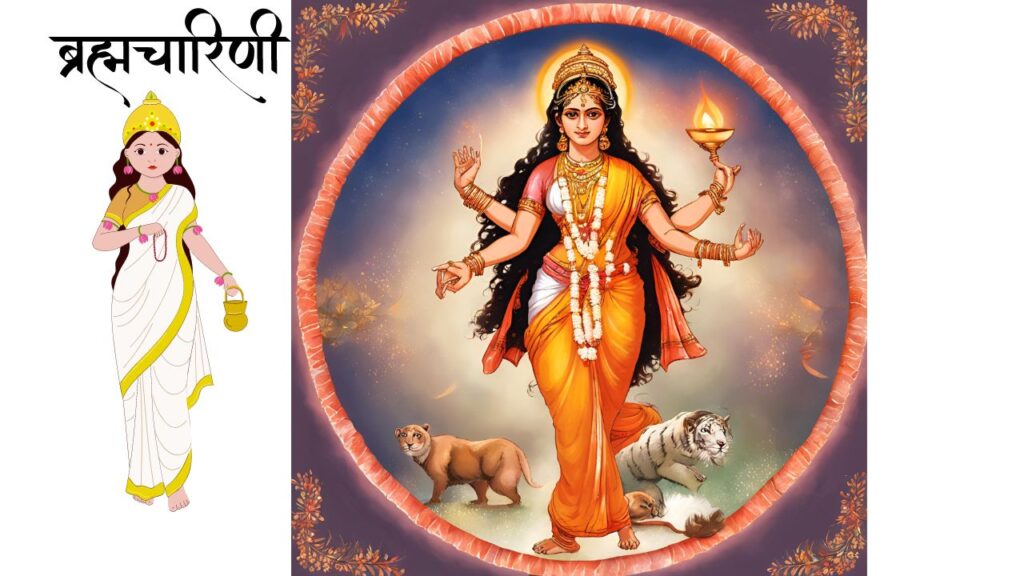
The Temples Dedicated to Maa Brahmacharini
The worship of Maa Brahmacharini is highly regarded throughout India, and there are numerous renowned temples that are dedicated to her. One such temple is the Maa Brahmacharini Devi Durga Mandir, which is situated at the Panchganga Ghat in Varanasi, Uttar Pradesh. Devotees migrate to this location in order to seek the Goddess’s blessings.
The Significance of Maa Brahmacharini’s Abode and Color
The Svadhishthana Chakra, the second principal energy center in the human body, is believed to be the residence of Maa Brahmacharini. This chakra is associated with creativity, emotions, and relationships. Her devotees are guided toward enlightenment by the hue royal blue, which symbolizes contentment, prosperity, and the dispelling of ignorance and darkness.
The Legends Surrounding Maa Brahmacharini
Maa Brahmacharini’s unwavering devotion to Lord Shiva was put to the test when her father, Daksha Prajapati, disrespected the Lord, according to Hindu scriptures. Maa Brahmacharini self-immolated in a selfless act, as she aspired to have a father in her next life who would revere her husband. Numerous devotees have been motivated to emulate Maa Brahmacharini’s unwavering dedication to their spiritual journey by this profound narrative of sacrifice and devotion.
The Blessings of Maa Brahmacharini
Through the worship of Maa Brahmacharini on the second day of Chaitra Navratri, devotees can obtain her divine graces, which will facilitate the attainment of their desired objectives, ethical behavior, and spiritual discipline. The virtues of penance, renunciation, and dispassion are believed to be bestowed upon her devotees by her grace, thereby guiding them toward a life of greater fulfillment and enlightenment.
The Interplay of Maa Brahmacharini and Lord Shiva
Maa Brahmacharini and Lord Shiva’s divine union serves as a testament to the harmonious intersection of masculine and feminine principles in Hindu cosmology. Maa Brahmacharini’s unwavering devotion and spiritual prowess are a perfect complement to Lord Shiva’s role as the supreme ascetic and the personification of transcendental consciousness. This synergistic relationship motivates devotees to pursue a harmonious and balanced existence.
The Navadurga and the Significance of Maa Brahmacharini
Maa Brahmacharini occupies an indispensable position within the pantheon of the nine divine manifestations of the Goddess Durga, serving as the second aspect of the Navadurga. Maa Brahmacharini embodies the virtues of penance, devotion, and the pursuit of spiritual knowledge, while each of these manifestations represents a distinct aspect of the divine feminine. Devotees can unlock the path to personal and spiritual development by aligning themselves with the transformative energies of the Navadurga and honoring Maa Brahmacharini during the second day of Chaitra Navratri.
Conclusion: Embracing the Essence of Maa Brahmacharini
The second day of Chaitra Navratri, which is dedicated to the revered Maa Brahmacharini, encourages devotees to embark on a transformative journey of self-discovery, devotion, and spiritual discipline. Worshippers can develop a more profound comprehension of the divine feminine and uncover the benefits of ethical conduct, renunciation, and penance by imitating the Goddess’s unwavering dedication to her spiritual path and her profound affection for Lord Shiva. May the essence of Maa Brahmacharini motivate us to embrace our spiritual potential and aspire for a life of greater fulfillment and enlightenment as the festival of Navratri unfolds.
#navratriday2 #day2navratri #navaratriday2 #brahmacharini #navratrisecondday #brahmacharinimata #maabrahmacharini #brahmacharinidevi #day2navratri #navaratriday2 #navratriday2 #navratrisecondday
